- Description
- Reviews (0)
Description
🤍 Albino Corydoras – Peaceful, Playful & Perfect for Beginners 🐟✨
Add a touch of elegance and energy to the bottom of your tank with the beautiful Albino Corydoras! A variation of the Bronze Cory (Corydoras aeneus), this pale pink-white catfish with striking red eyes is loved for its gentle nature, hardy disposition, and constant activity.
They’re ideal for community aquariums and a perfect beginner fish that helps keep your substrate clean while looking adorable doing it.
🌟 Why Choose Albino Corydoras?
- 🫧 Natural Cleaners: Great at picking up uneaten food from the substrate.
- 🧑🤝🧑 Sociable Schoolers: Thrive in groups of 5 or more—active and entertaining to watch.
- 🪶 Unique Appearance: White to pink body, red eyes, and a slightly translucent glow under light.
- 💪 Hardy & Adaptable: Forgiving of beginner mistakes—excellent for first-time aquarists.
- 🌿 Plant & Shrimp Safe: Peaceful bottom-dwellers that won’t disturb your aquascape or inverts.
📏 Size & Lifespan
- 🔹 Adult Size: 5 – 7 cm (2 – 2.75 inches)
- ⏳ Lifespan: 5 – 8 years with good care
🌊 Ideal Water Parameters
- 💧 Temperature: 21°C – 24°C (70°F – 75°F)
- 💎 pH: 6.0 – 7.5
- 🌡 GH: 5 – 12
- ⚖️ KH: 3 – 8
- 💦 TDS: 100 – 200 ppm
They thrive in stable, clean water with low-to-moderate hardness.
🍽️ Diet & Feeding
Albino Corys are omnivorous and bottom-focused feeders. Offer a variety of:
- 🍽️ Sinking pellets or tablets (specifically for catfish)
- 🦐 Frozen or live bloodworms, brine shrimp, and daphnia
- 🌱 Blanched vegetables (zucchini, spinach) as occasional treats
Feed 1–2 times daily. Ensure food reaches the bottom.
🧑🔧 Care Guide
| Care Aspect | Recommendation |
|---|---|
| ✅ Tank Size | Minimum 60L; more space ideal for groups |
| 🧽 Filtration | Gentle current; well-oxygenated water preferred |
| 🏝 Substrate | Fine sand or smooth gravel to protect barbels |
| 🌿 Decor | Driftwood, rocks, and plants for cover and comfort |
| 💡 Lighting | Low to moderate; avoid bright lights |
| 🔁 Water Changes | 20% weekly; keep parameters stable |
🤝 Compatible Tank Mates
Albino Corydoras are non-aggressive and do well in peaceful community setups.
| ✅ Best Tank Mates | ❌ Avoid These |
|---|---|
| 🐠 Tetras, Rasboras, Livebearers | 🐟 Aggressive or territorial fish |
| 🐟 Dwarf Gouramis, Apistogrammas | 🐠 Cichlids (unless peaceful dwarfs) |
| 🦐 Shrimp, Snails | 🦀 Crayfish or large inverts |
| 🐟 Other Corydoras | 🐟 Fin-nippers or dominant bottom feeders |
💡 Pro Tips
- Keep in groups of 5 or more for social comfort and activity.
- Soft substrate is essential to avoid injury to their sensitive mouth barbels.
- They may dart to the surface to gulp air—this is normal and not a sign of distress.
- Dim lighting or floating plants help mimic their natural environment.
🛍️ Perfect For:
✅ Beginners and first community tanks
✅ Peaceful planted aquariums
✅ Bottom-dwelling tank clean-up crew
✅ Hobbyists looking for low-maintenance, friendly fish
Add personality, activity, and a soft pop of white-pink color to your aquarium with the gentle Albino Corydora—a classic choice for aquarists of all levels! 🤍🐟🌿
🐟 Bronze Corydoras vs Albino Corydoras – What’s the Difference?
Both fish are actually the same species: Corydoras aeneus! The key difference lies in their appearance, not behavior or care. Here’s a breakdown to help you decide:
🔍 Species Overview
| Feature | Bronze Corydoras | Albino Corydoras |
|---|---|---|
| 🌈 Coloration | Metallic bronze-green, natural look | Pale white/pink with red eyes (albino) |
| 👁 Eye Color | Dark | Pink/red (typical of albinism) |
| 💎 Visual Impact | Earthy, blends with planted tanks | Stands out, adds contrast |
| 🧬 Genetics | Wild-type coloration | Albino mutation of the same species |
| 🌍 Origin | South America (natural form) | Captive-bred variety |
🐠 Behavior & Temperament
✅ Identical in both varieties!
They’re peaceful, social bottom-dwellers that thrive in groups and clean up uneaten food.
📋 Care Requirements (Same for Both)
-
💧 Temperature: 21–24°C
-
🌡 pH: 6.0 – 7.5
-
🪨 Substrate: Soft sand
-
🧑🤝🧑 Group Size: Minimum of 5
-
💡 Lighting: Albinos prefer lower light due to sensitivity
🧠 Choosing Between the Two
| Preference | Recommended Type |
|---|---|
| Natural, earthy aquascapes | Bronze Corydoras 🟤 |
| High contrast or white-themed tanks | Albino Corydoras ⚪ |
| Sensitive to bright lighting? | Bronze (more adaptable) |
| Want something eye-catching? | Albino (stands out more) |
🤝 Can They Be Kept Together?
Yes! Since they’re the same species, they’ll school and socialize together. A mixed group of bronze and albino can add variety without sacrificing compatibility.
✅ Summary
| Feature | Bronze Cory 🟤 | Albino Cory ⚪ |
|---|---|---|
| Natural look | ✅ | ❌ |
| High contrast | ❌ | ✅ |
| Beginner-friendly | ✅ | ✅ |
| Light-sensitive | ❌ | ✅ (slightly) |
| Peaceful & social | ✅ | ✅ |
Both are fantastic options for peaceful, planted aquariums—and mixing them gives your Cory group added visual flair!
🐟 Corydoras Mixing Compatibility Guide
✅ Best Mixed Cory Combos (Similar Size & Behavior):
| Combo | Why It Works |
|---|---|
| Bronze + Albino | Same species (C. aeneus)—they school together |
| Sterbai + Orange Venezuelan | Similar size, peaceful, warmer water tolerant |
| Panda + Julii | Close size and calm nature (cooler temp ok) |
| Sterbai + Peppered | Great mix for larger planted tanks |
| Peru Sp. + Julii | Both prefer soft, slightly acidic water |
| Bronze + Pepper | Hardy and adaptable to most conditions |
🧠 Tips for Mixing Corys:
-
✅ Keep at least 3–4 of each variant (6+ preferred per type)
-
✅ Choose species with similar temperature ranges (±2°C)
-
✅ Provide lots of hiding spots, soft substrate, and a peaceful tank
-
✅ Avoid mixing with large, aggressive bottom feeders (e.g. loaches, crayfish)
⚠️ Avoid Mixing:
| Combo | Reason |
|---|---|
| Warm-water Sterbai + Cool Panda | Big temp difference (Sterbai 25–28°C, Panda 21–23°C) |
| Tiny dwarf Corys + Large Corys | May be outcompeted or stressed |
| Wild-caught + Captive-bred | Acclimation and diet needs can differ |
💡 Best Practices:
-
Use sand substrate to protect their barbels
-
Feed sinking pellets & varied protein-rich foods
-
Perform regular water changes (20–30% weekly)
-
Keep in groups of at least 5–6 per type, or mix small groups with caution
Only logged in customers who have purchased this product may leave a review.


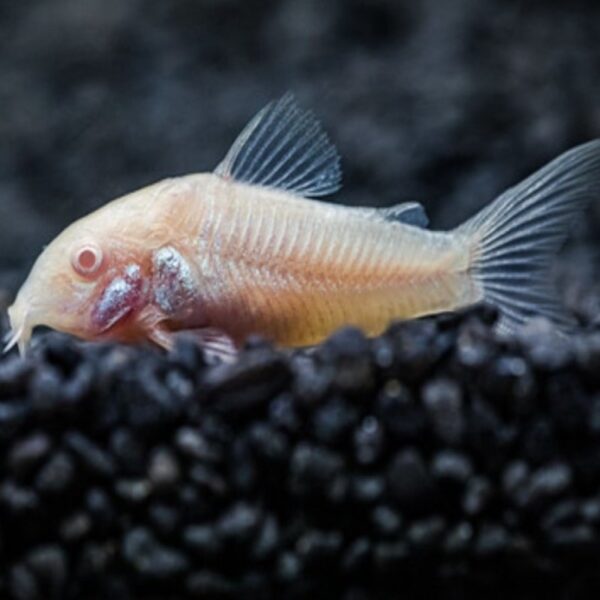
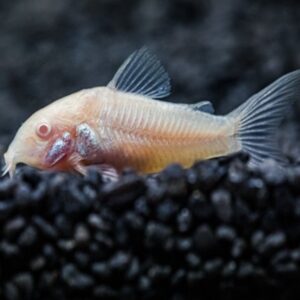
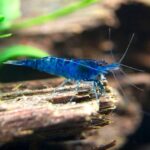


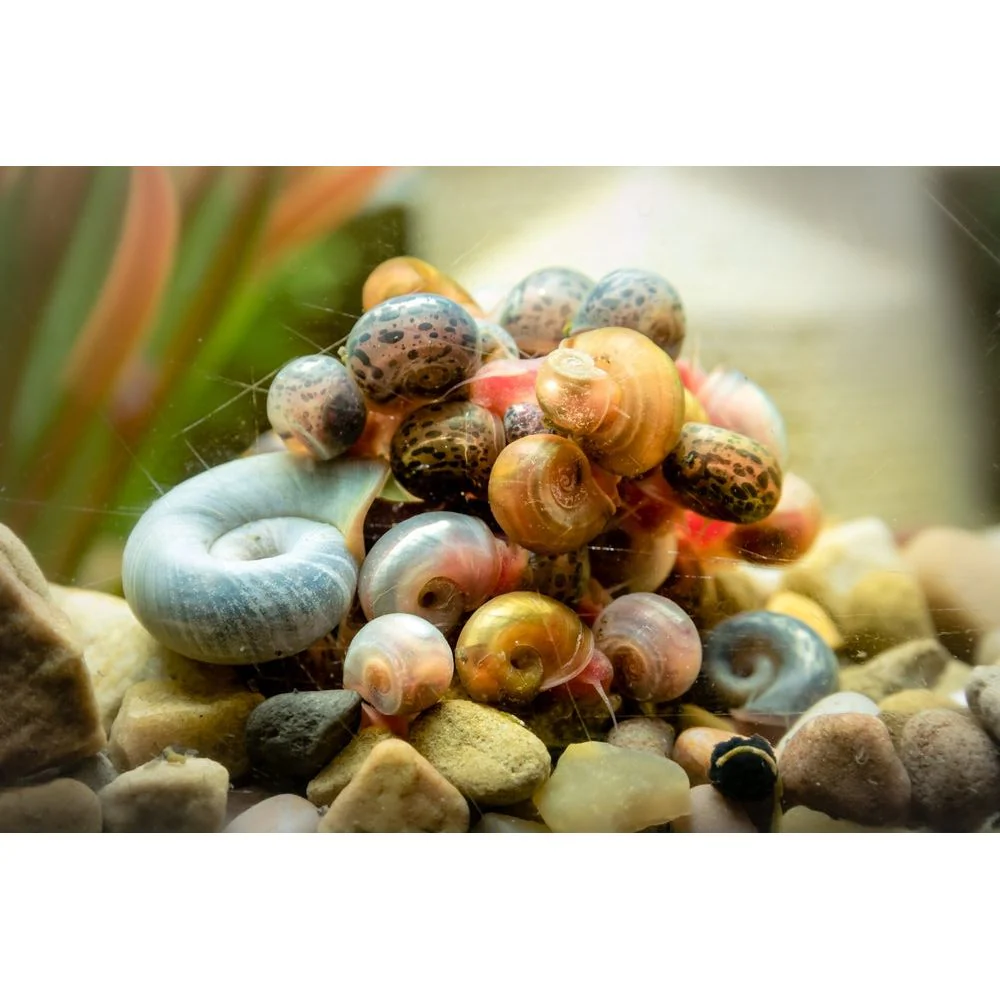
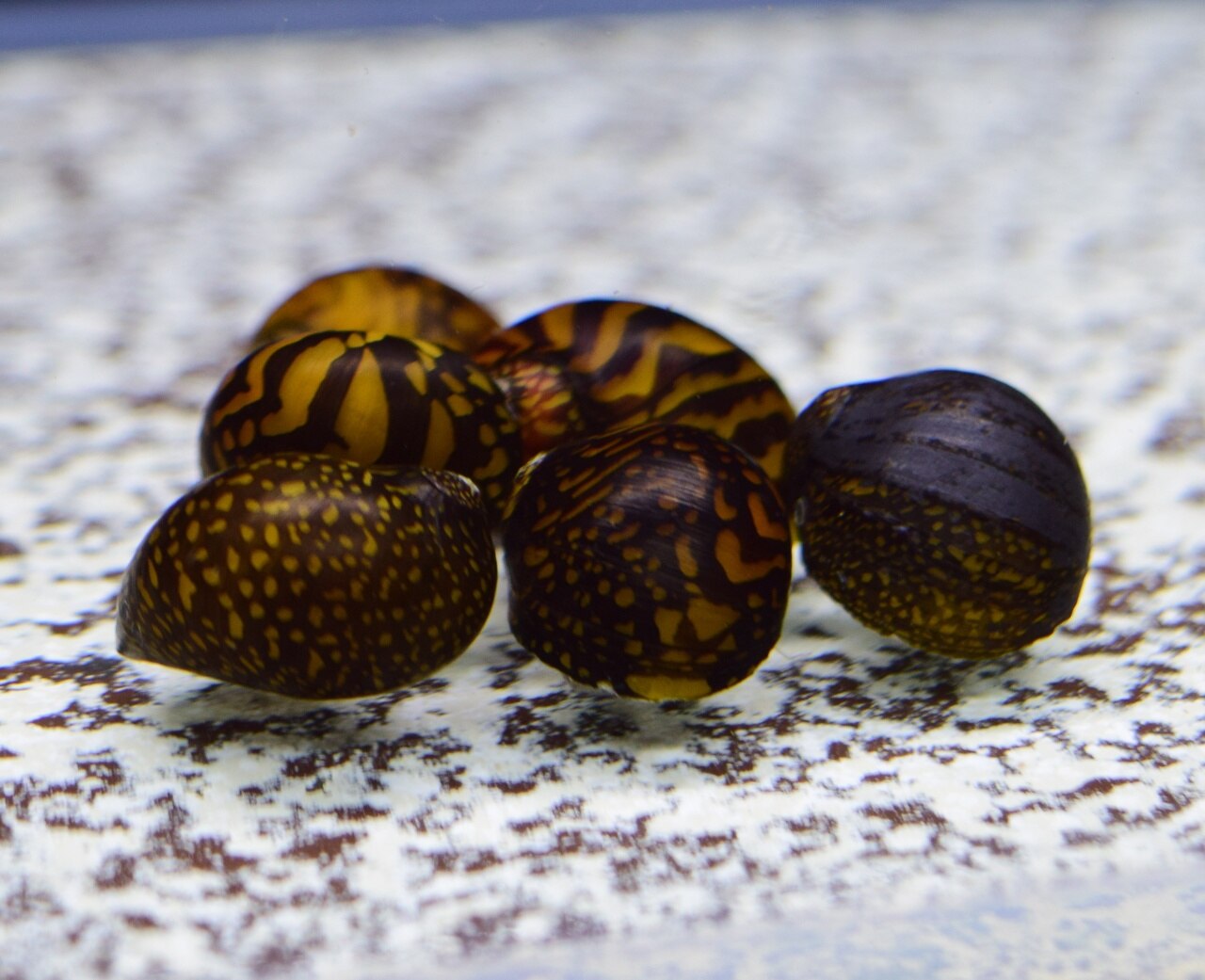

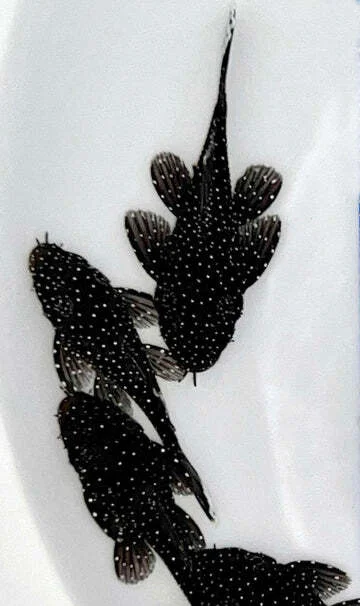
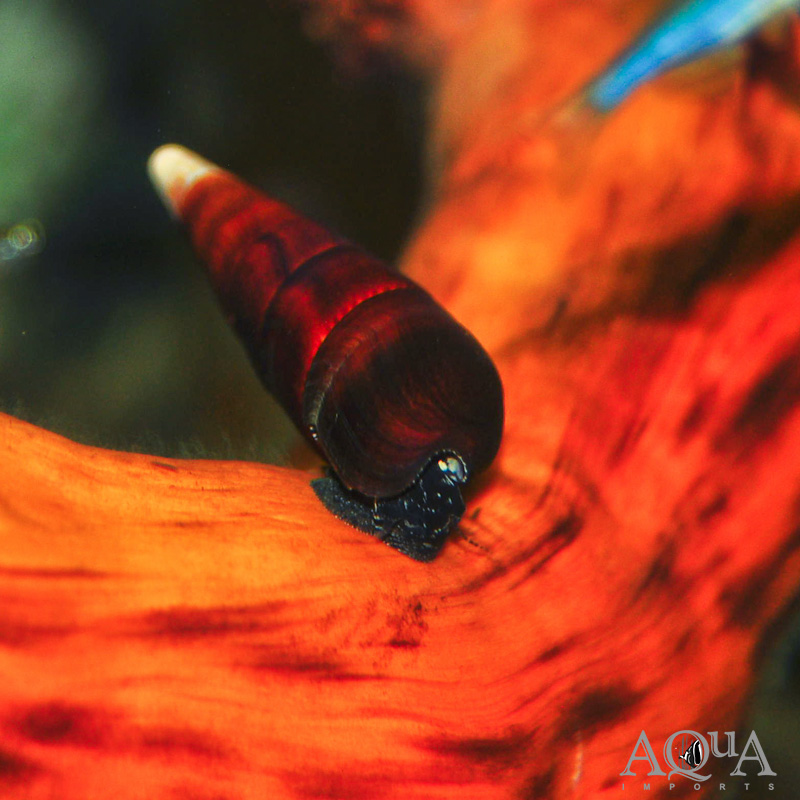
Reviews
There are no reviews yet.